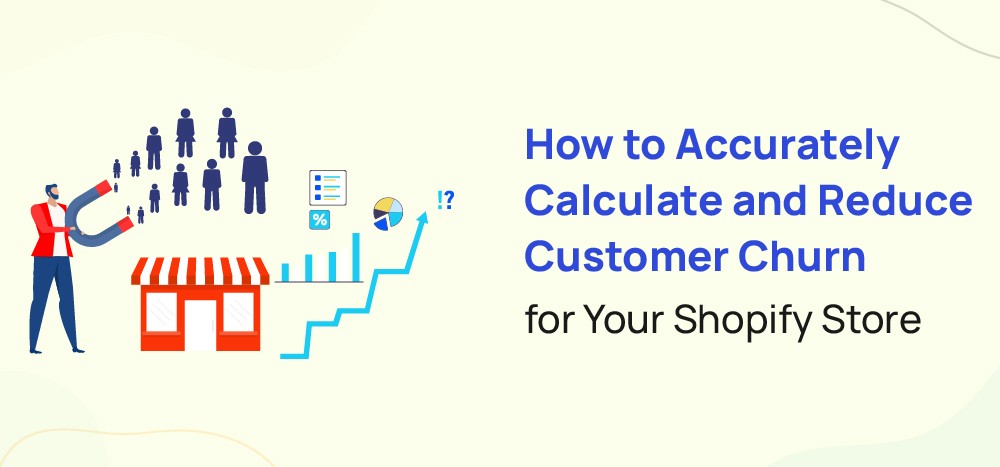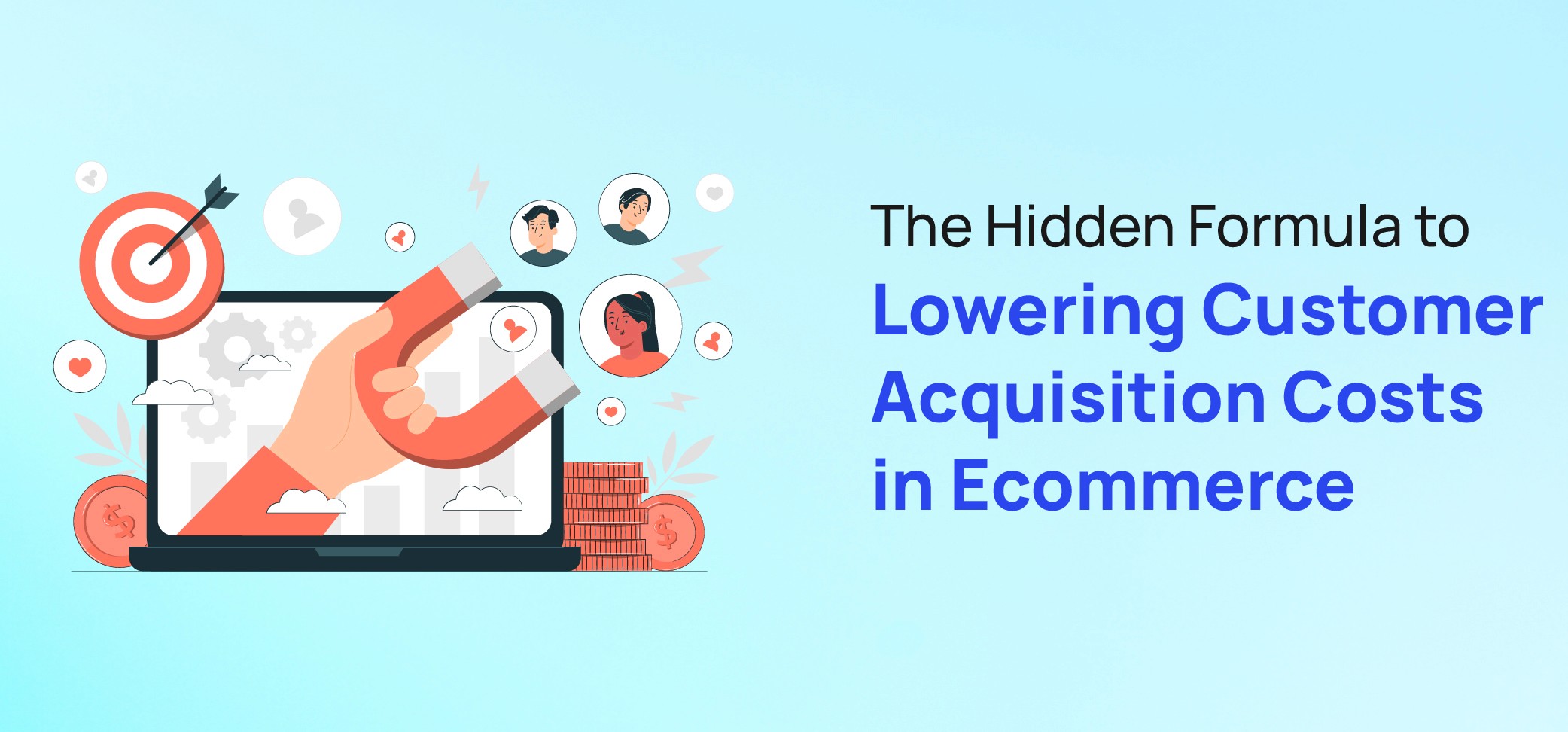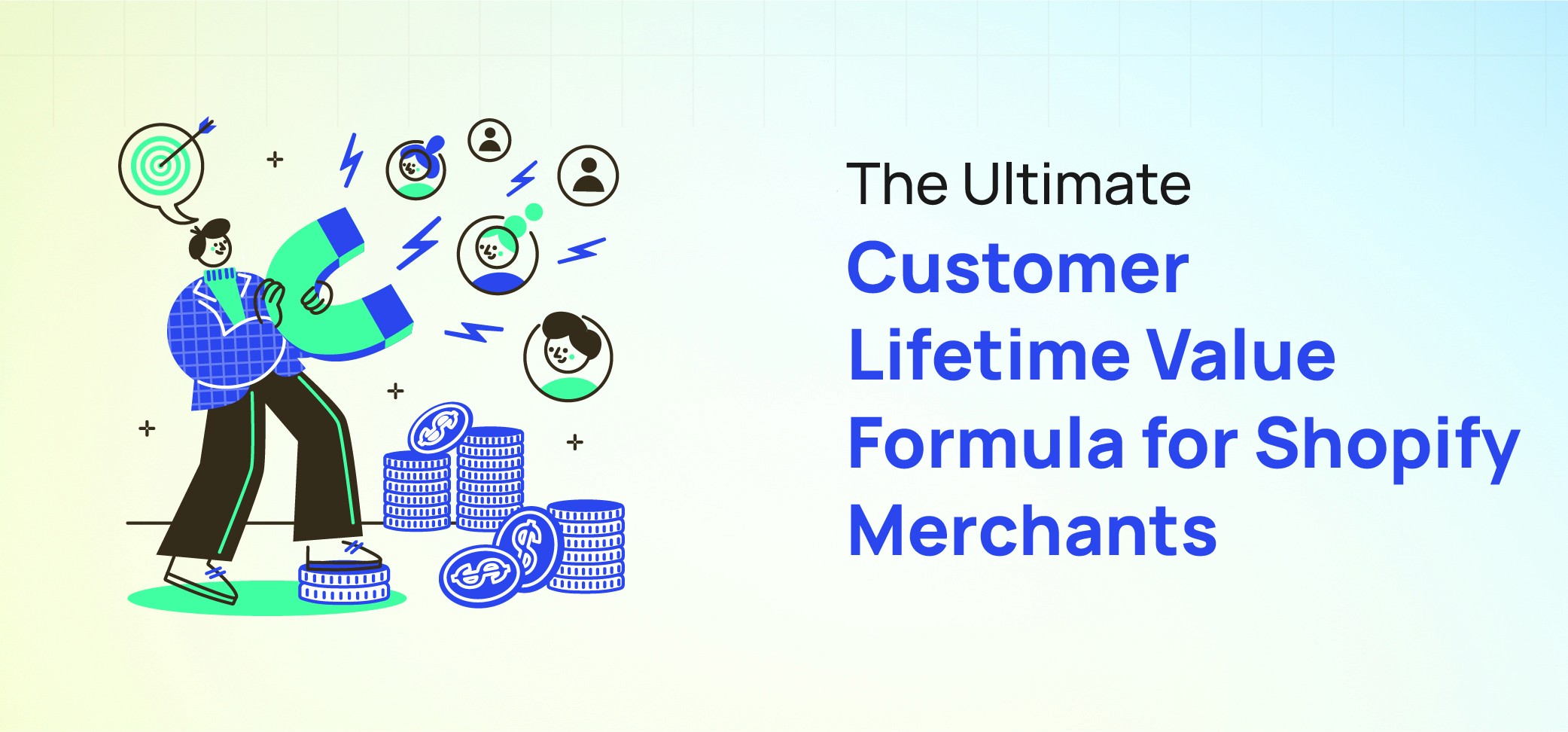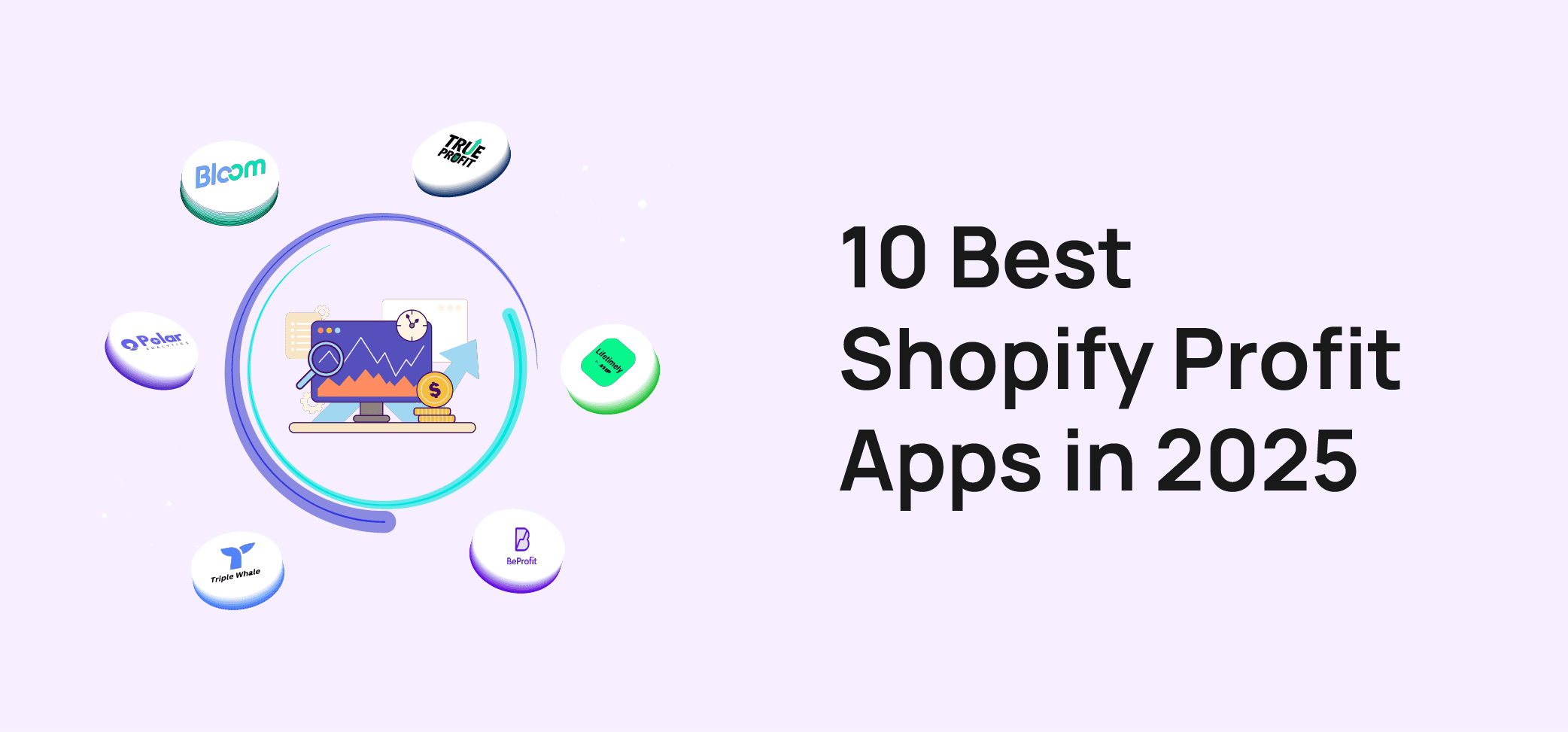
How to Calculate Customer Lifetime Value For Subscription Ecommerce Stores?
Learn how to calculate Customer Lifetime Value with advanced methods and discover key oversights to avoid during the calculation.
Nov 12, 2024
In our extensive guide on customer lifetime value, we covered multiple aspects around what CLV is, how to calculate it, analyze it, and improve it.
We did mention that the ecommerce sector is divided into non-subscription business models and subscription business models. In this article we’ll quickly cover how to calculate CLV for a subscription based ecommerce store.
Just to get you up to speed,
A subscription based ecommerce store is any online store that offers its products for a monthly/weekly/yearly fee. For example, if you’re selling cosmetics online, you can have a business model where customers subscribe for a package of new products each month.
The benefit of a subscription model is that you can track when a customer becomes part of your business and when they leave your business.
Unlike non-subscription models, where you cannot determine customer behavior easily, here you can gauge a customer’s journey with your brand.
It’s also a scalable model to grow your business faster.
Hence the rising adaptation of subscription models within the ecommerce industry.
Now that we’ve set the context, let’s look at how to calculate CLV for a subscription based ecommerce store.
Let’s start with the formulas we’ll be using.
Formulas Used to Calculate Customer Lifetime Value for Subscription Businesses
Here, we’ll discuss a way to accurately calculate CLV in real-time by using multiple metrics. These are the formulas that we’d require to complete the calculation.
Rate of Retention
Retention Rate determines the percentage of customers you’ve retained in a selected time period.
Rate of Retention = (No of Customers Retained / Total Number of Customers Acquired) x 100
Churn Rate
Churn rate shows the number of customers you’ve lost, the exact opposite of retention rate.
Churn Rate = 1 – (Rate of Retention)
Average Order Value (AOV)
Average order value reveals the total average from all the orders of a customer.
Average Order Value (AOV) = Revenue / Number of Orders
Cost of Goods Sold (COGS)
COGS, a critical metric for any ecommerce merchant, shows the cost of each product/s sold.
You can use two formulas here.
COGS = Product Cost * Ordered Quantity
or
COGS = Beginning Inventory + Purchases in Current Period - Ending Inventory
Customer Acquisition Cost (CAC)
CAC is the amount of money you spend to acquire a single customer. And the formula for it is:
CAC = Total Cost / Total Customers Attained
Revenue
Knowing the revenue you generated in a given time period is the basis for the entire calculation.
Here’s the formula to calculate Revenue:
Revenue = Number of Orders * Average Order Value
Gross Profit
To determine gross profit, we use the following formula:
Gross Profit = Revenue – COGS
Gross Margin
Gross margin reveals the percentage of gross profit against the revenue. Here’s the formula:
Gross Margin = (Gross Profit / Revenue) X 100
Lifetime Revenue
Lifetime revenue reveals the total revenue generated by the customers over their lifetime with the business.
Lifetime Revenue = Revenue – Product Costs – CAC – Handling Costs
Cumulative LTV
We need to find the cumulative LTV as the last but one step before figuring the per customer lifetime value in a cohort of customers. The formula to do that is:
Cumulative CLV = Month 1 + Month 2 + Month 3 … + Month n
Per Customer Lifetime Value
At last, you determine per customer lifetime value with:
Per Customer LTV = Cumulative CLV / Number of Customers Originally Acquired.
Now let’s put all these formulas together to determine customer lifetime value.
Calculating Customer Lifetime Value for Subscription Ecommerce Stores
To help us with calculation, let’s have a set of predetermined metrics:
COGS = 35% of the revenue
Total Ad Spend (CAC) = $600
Total acquired customers = 200 customers.
Average order value = $10
We’ll start with the customers retained for a period of 5 months and then calculate customer lifetime value.
Step 1: Calculate Rate of Retention
Using our aforementioned formula,
Rate of Retention = (No of Customers Retained / Number of Customers Acquired) x 100,
We get the following retention rates,
Step 2: Calculate Churn Rate
Using the formula: churn rate = 1 – (Rate of Retention),
We get the following churn rate.
So now you know how many customers are leaving your business and staying with you. Based on these numbers, you can now calculate CLV.
Step 3: Calculate Revenue
To do that, we will be using: Revenue = Number of Customer * Average Order Value.
Step 4: Calculate Cost of Goods Sold (COGS)
Since we assumed COGS to be set at 35% of revenue, here’s what we will get
Note: You can also manually calculate COGS and enter the values in the CLV template.
Step 5: Calculate Gross Profit and Gross Profit Margin
We can now calculate gross profit and gross profit margin with the numbers we have.
Step 6: Calculate the Lifetime Revenue
Now lets calculate the lifetime revenue using the formula:
Lifetime Revenue = Revenue – COGS (Product Costs) – CAC – Handling Costs.
Since we have already determined gross profit and we’re not including handling costs, the revised formula is Gross Profit - CAC. That gives us the following:
Step 7: Calculate Cumulative CLV and Per Customer LTV
Now it’s time to calculate CLV.
And that gives us the customer lifetime value of $19.91 for this cohort of customers.
We also have a CLV to CAC ratio of 6.6, which is pretty good.
Using this information, you can now determine,
If you marketing campaigns are successful
If you are investing in the right customers
If you are retaining enough customers to scale your business.
And that brings us to the end of our CLV calculation for subscription stores. You can download our free spreadsheet that’ll help you make the calculation easier.
Download the Spreadsheet for CLV Calculation in Ecommerce Stores.
Make You CLV Calculation Effective & Efficient with Bloom Analytics
Bloom was created by the founders of Data Export and Report Pundit, two of the best shopify reporting applications with over 2500+ five star reviews on shopify app store.
More importantly, Bloom was built by understanding Shopify merchants’ everyday needs.
So, If you’re a Shopify store owner doing everything to achieve your business goals and ensure your online store is successful, then you will find Bloom analytics to be your best friend.
Bloom’s plug & play analytics unites multi-channel data, derives granular insights, and provides profitable decisions to boost your shopify sales.
From providing accurate information of your customer lifetime value through cohort analysis to addressing every aspect of your daily operations, Bloom will help you bid goodbye to countless excel sheets and set you on a path to new found glory.
It integrates with your Shopify store and various other applications such as Google Analytics and payment platforms such as PayPal to provide details on a timely basis.
So, try Bloom analytics today and experience a difference in your Shopify business.
Sign up for our free trial!
March 21, 2025
March 20, 2025
March 20, 2025
March 20, 2025
March 17, 2025
March 14, 2025
March 14, 2025
March 13, 2025
March 12, 2025
March 12, 2025
March 12, 2025
March 4, 2025
March 4, 2025
February 28, 2025
February 5, 2025
January 31, 2025
November 1, 2024
October 22, 2024



















